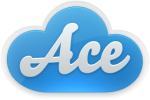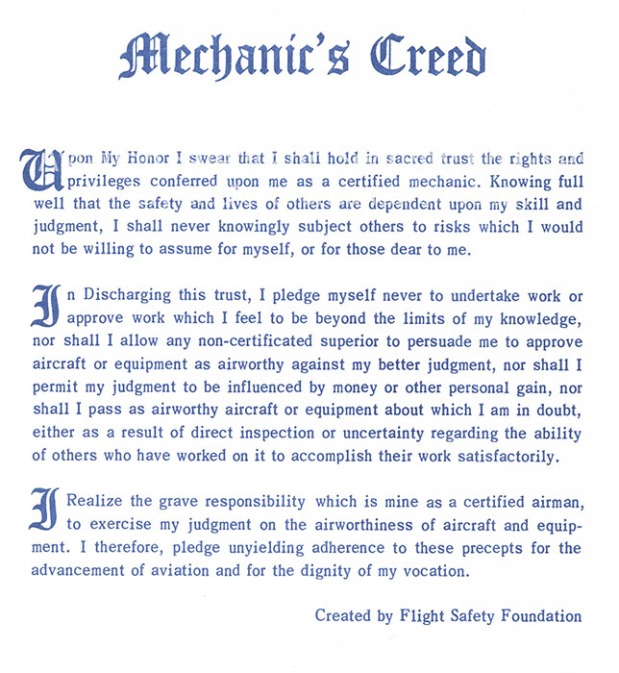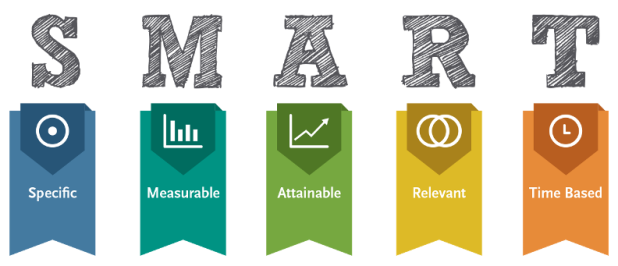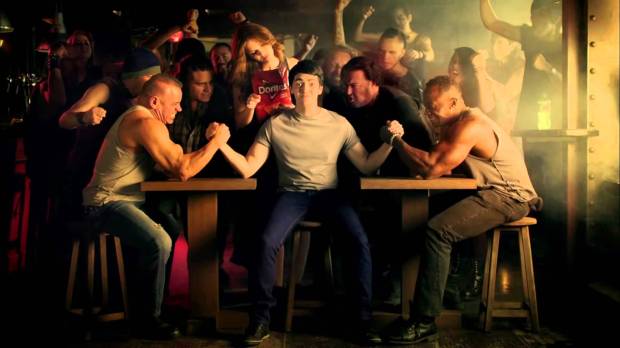Please buckle up and remain seated.
Getting into aerospace manufacturing is not nearly as hard as people may think it is. Almost everyone I talk with assumes that getting into Boeing or aerospace manufacturing in general is difficult, and they would be right to assume so right? Wrong.
The aerospace manufacturing world is a wonderfully diverse place to work. When people think aerospace manufacturing they often think of Boeing or Airbus. What I find people overlook the most is all the other aspects of a company that make aerospace function. What about NASA and the space program? What about the Defense Program – like missiles, helicopters, or fighter jets? What about the R&D side – like going to the consumer electronic show looking for the next big thing to put into tomorrows aircraft? Or what about sales – selling aircraft to customers around the world?! There are tons of ways to get into aerospace manufacturing it just depends on what you are willing to do to get into it. You could apply with no work experience or you can go to a vocational school for basic training or even get an Air-Frame and Power-Plant (A&P) license.
You don’t have to start out as a mechanic or engineer though to get into aerospace. One of my good friends started his aerospace career as a janitor with no prior work experience. Janitorial experts are one of the most valuable aspects of our business but not often shown the respect or appreciation they deserve. Manufacturing is a fast paced highly competitive industry and one of the biggest cost savings is keeping people working on the airplane. Whether they are engineers or mechanics on the shop floor our bathrooms are strategically placed to be close to the work area. Our custodial side of the business runs a tight schedule and even stricter budget to make sure that people don’t have to travel too far from their work to use the restroom. It might sound silly but when you employ roughly 160,000 people across the United States, 70,000 people in Washington alone that time adds up, especially when you occasionally have to travel 10+ minutes one way walking just to find an open restroom.
So, when someone asks me what is the easiest way into manufacturing? My first thought is janitorial via the IAM751 union, but that is just me. It is a position with a high attrition rate, and while it is not the most glorious job in aerospace it is an important one. Some people choose to start and finish their careers there, or there are those like my friend Joe who just got his foot in the door with his sights set higher. I personally would do almost anything to get into a job I want while others may find the thought of being a janitor absurd. However, once you are in the union you can attend off-hours training, and after your first year if you finished all of the required off-hours training you can move into other positions such as an assembly mechanic, a quality instructor, or even a crane operator. Another possibility is to go to school to get into management or getting a degree for something completely unrelated.
I have a good example for you that involves my own older brother. My brother is eight years older than me and is a mason by trade. Masonry is hard work and I know this because I used to be a hod carried for my brother. He is a hard working individual, but this work isn’t for everyone. He was hired as a structures mechanic which is a very difficult job with lots of overtime required. He made it seven days as a Boeing employee before quitting. Even though if you tough it out for a year you can go just about anywhere, but it wasn’t worth it for him.
My personal journey with Boeing has been very well-rounded. I hired in as a 303 assembly mechanic with my sights set on management. I spent years working every hour I could making a name for myself as a dependable mechanic and also did training on the side in case management wasn’t the job for me. I completed all the required training to be an in-tank hydraulic mechanic within my first year but turned down that position to become a team leader. After a couple years of team leader experience I applied and accomplished my goal of being a manufacturing manager. I oversaw 35 F.A.I.T (fuselage assembly integration team) structures mechanics who assembled the 46/48 section of the 747-8. Sometimes dreams aren’t meant to be and the position ended up not being what I thought it would be. Whether I was a bad manager or if the position just wasn’t for me I still haven’t figured out, but I stepped down after almost three years, transferred to a location closer to my friends and family and got a job teaching mechanical assembly skills to new hires, transfers, rehires, and the occasional high school tours.
Here are a couple of the planes I was personally a part of completing.
So what is the easiest way to get into aerospace manufacturing you ask? That, my friend, depends on what you consider “easy” and where you want to land. If you want to work in the aerospace industry my recommendation is to find a destination you want to go, buy a ticket, and take the ride.





















